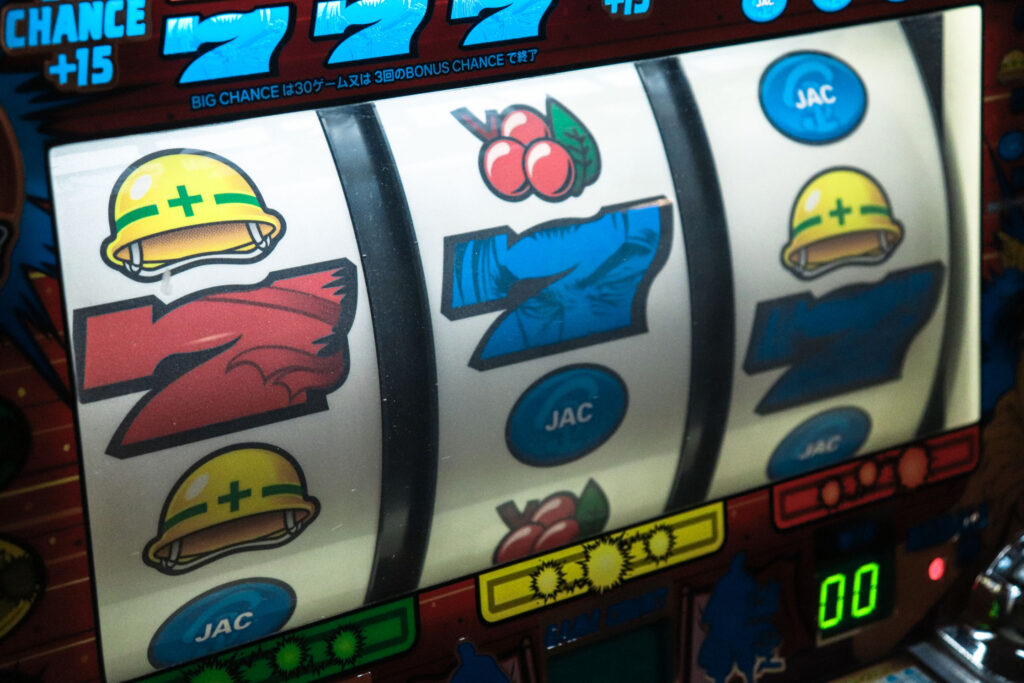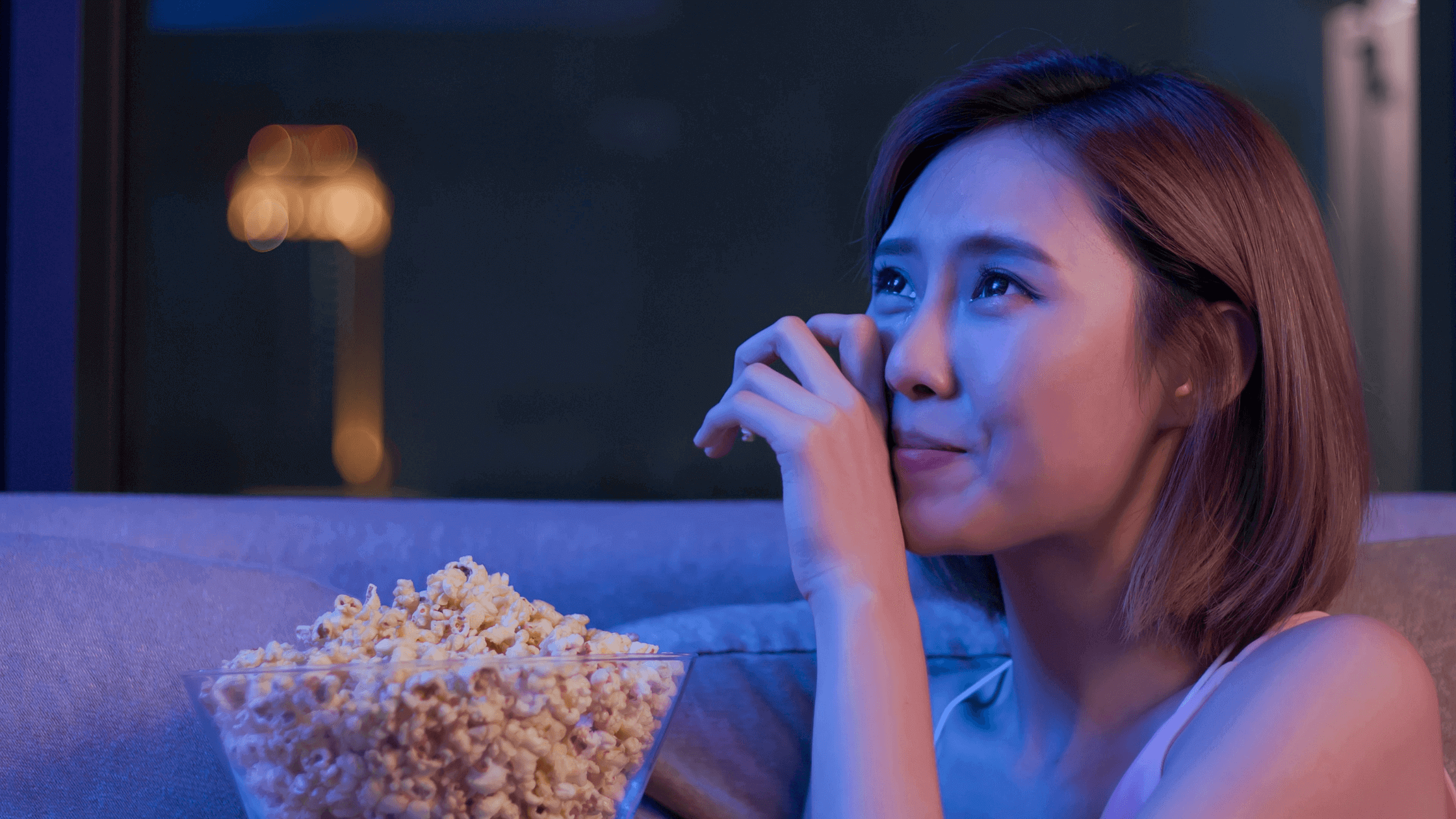
10 Iconic Sound Clichés Used in Movies
Sound design is one of those parts of film production without any attention or spotlight given. No, it’s not about the OST — we all remember the theme from Indiana Jones, The Lord of the Rings or Requiem for a Dream. But few people ponder over the fact that explosions, gunfire, and other background noises are anything but easy to create. To voice over all that correctly is a great thing to do and tedious work. Now and then, producers look for easier ways and use the same audio libraries for 30-50 years. Some sounds eventually become legendary, the ones our review will be about.
Wilhelm Scream
The holy grail of geek movie sound effects appeared for the first time in 1951's Distant Drums. Unfortunately, it didn’t get a big break. That happened when it was used again in The Charge at Feather River in 1953. The scream was nicknamed after Private Wilhelm's character who was shot in the leg with an arrow. Hence, the best-known sound effect in Hollywood is perfect when someone is shot or thrown from considerable heights in action-packed movies. Taking a walk down memory lane, producers had cast members to record a variety of different screams. But there was one man’s voice in particular that stood out among the rest. It is now attributed to Sheb Wooley, an American character actor in many Westerns. The man’s yell has been featured in over 250 films. Today, the use of this effect is already a tradition in the inner circle of sound engineers.
The Howie Scream Sound Effect
It was used during Howie Long's death scene in the 1996 Broken Arrow. Despite the fact that its history has not been studied in any depth, this is the primary competitor to Wilhelm's Scream. They say the second most popular scream in existence was first heard in the Ninth Configuration in 1980 (a scene with a bar fight). It was also used in movies, TV shows, commercials, and games.
Castle Thunder
The sound of a loud thunderclap during a rainstorm was originally recorded for 1931's Frankenstein. Then it was extensively used in many films from 1940 to 1980, especially in Disney and Hanna-Barbera cartoons and television series. It served as the basis for creating other sounds, such as the warp drive effect in Star Trek, or Star Wars X-Wing Firing sound effect. Castle thunder disappeared from official use in movies around the mid-1980s. However, it was found in advertising and animation during the 1990s and the 2000s.
Screaming Cat
When garbage cans are knocked down by a car, after the sounds of the crash, breaking glass, and other background effects, a cat's screech seems to almost certainly follow. It also became a regular on such scenes where there is no cause for the cats' appearance at all. The origin of this skin-blistering scream which has already become legendary remains a mystery. A notable example of its use is a scene from "The Mask" movie when Jim Carrey taught bullies a lesson in the dark corner.

Wolf Howl
Every time we see the full moon in a Hollywood movie, we'll certainly hear the howl of a lone wolf. But directors try so hard and add this creepy sound literally everywhere, even in places where there are no wild animals around.
Tarzan Yell
Everyone knows about the Tarzan Yell sound effect. The wail of the character played by Johnny Weissmuller was first heard in the "Tarzan the Ape Man" (1932 film). Although RKO Picture representatives and Weissmuller stated that the call was the brainchild of the actor, there was an ongoing disagreement on its real origin. Many people assume the cry belongs to Lloyd Thomas Lynch, an opera singer, who worked at Metro-Goldwyn-Mayer. In terms of another view, the sound effect was created by combining a dog's growling, trills on the violin, and hyena howl. The Tarzan Yell is registered as a trademark of Edgar Rice Burroughs, Inc., which owns the right to the literary heritage of the jungle hero's creator. However, the scream was used in a lot of variations in many movies and cartoons to create a comical effect.
Loon Sound Effect
Hardly any piece of filmed entertainment to be set in the middle of nowhere, among lakes and swamps, goes without the cries of aquatic birds - loons. But again, directors rarely read out textbooks on zoology, so this sound can be heard in any scene. Fog is a key determinant here. And even if the action takes place somewhere in New Jersey, if the sound men see the haze in the frame, they seem to turn on the loons' call by reflex.
Eagle Sound Effect
Just imagine panoramic landscapes traditional for Hollywood movies: the desert hills and nothing but. What sound does the designer have to put in? The whistle of a hawk or bald eagle, of course. Nevertheless, if we associate the echoes of a screen competitor, loons, with twilight, fog, and dark forest, the birds of prey are often synonymous with the wild prairie. This effect usually goes just before or immediately after the climax of a Western or any other adventure film.
Owl Hoot
The next time you hear an owl hooting in a movie, remember it’s the long-eared owl. These birds are serenading all year round, all over the world, and in a wide variety of types of habitats including forests, farmlands, urban parks, and the outskirts of the town. One of the main cinematic clichés — the call – means that something terrible is about to happen on the screen.
Universal Telephone Ring
The phone ringing can be very much the same in Hollywood movies from the 70s and the 80s. This is the Universal Telephone Ring sample, which is still in use today. The effect first won laurels when it appeared in The Rockford Files' intro. It has since been appearing on TV shows such as "The six million dollar man", "Private detective Magnum", and in a diverse range of films, including "Ghostbusters". However, the effect was criticized for its low quality. If you believe professionals, one can hear the sound is distorted at the very beginning of the original record.
If you watch movies and hear effects that sound suspiciously similar, do not worry. This is not an auditory hallucination. Now you know that you are dealing with ordinary film sound clichés.





Pingback: 6 Ways to Use Music to Create Mood and Meaning Onscreen
Pingback: pilates instructor woodland hills
Pingback: auri mushroom gummies reviews
Pingback: Cornhole boards for sale
Pingback: แผ่นซับเสียง
Pingback: legal psilocybin(magic mushrooms)